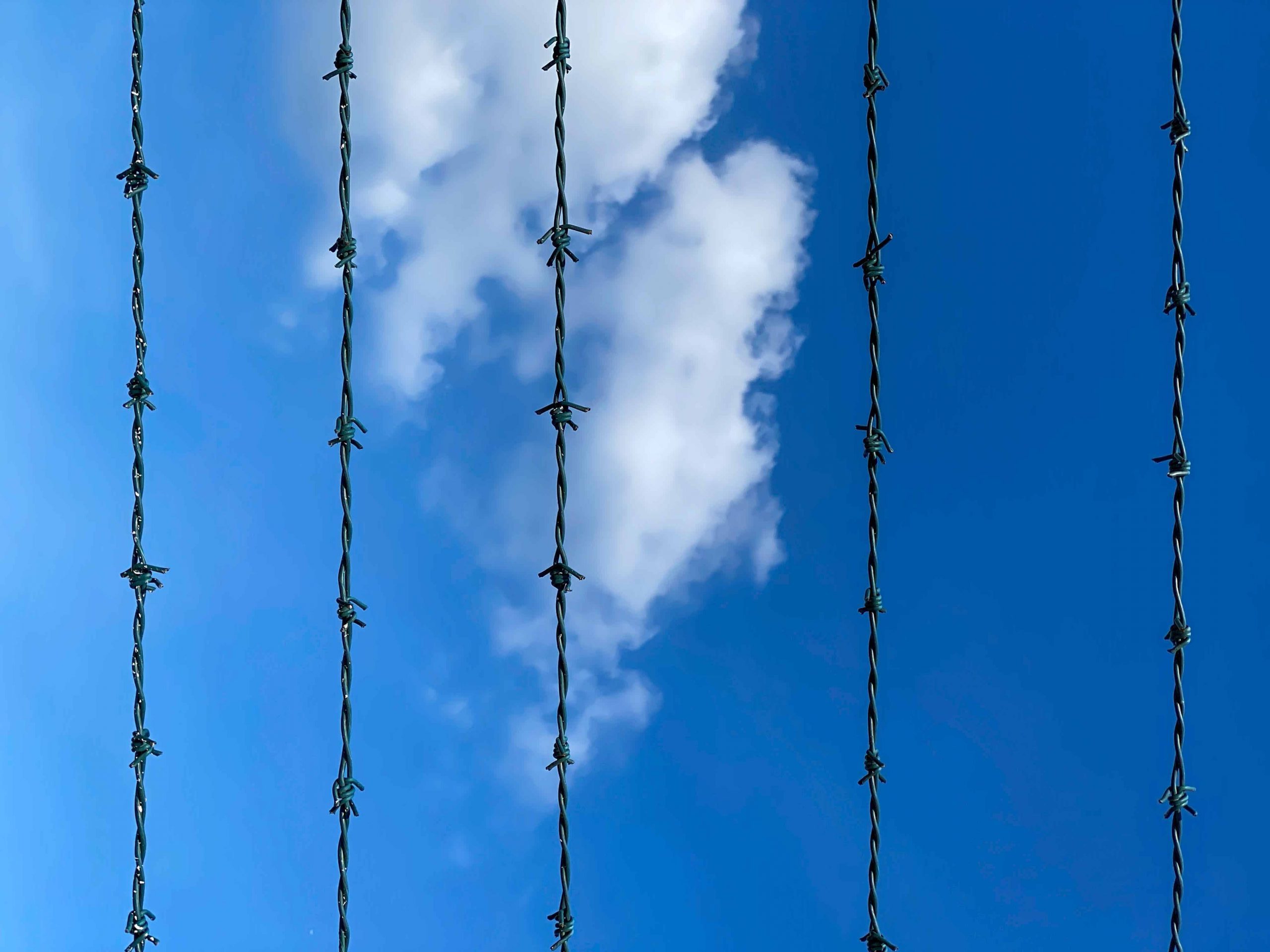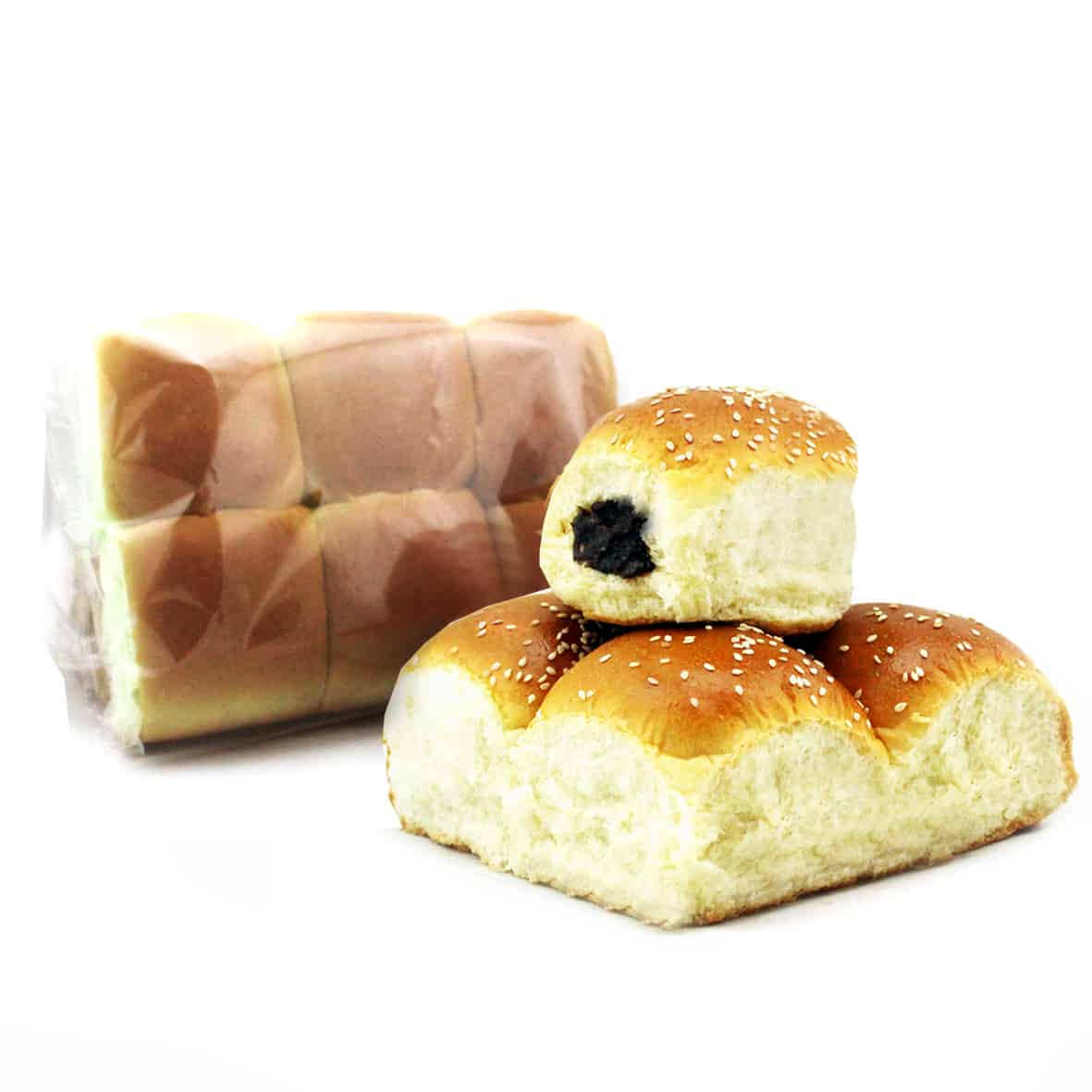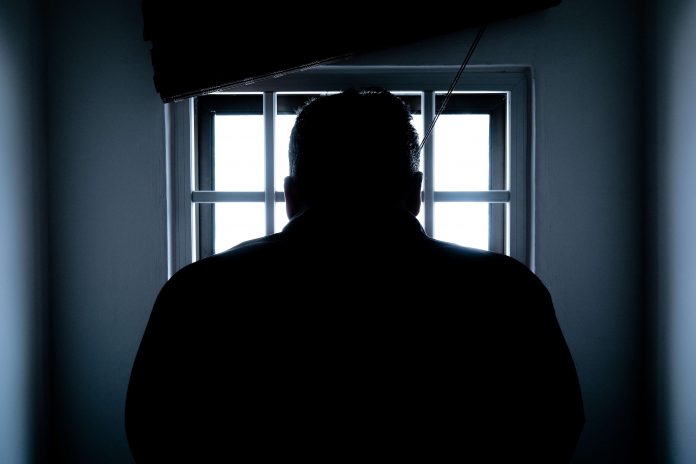Prison dramas are a Hollywood favourite, but besides the occasional Crimewatch footage, Singaporeans rarely get a look at Changi Prison Complex.
This begs the question: for the 23,000 inmates being housed in Singapore’s very own prison, what is life like?
Changi Prison Complex
Known to the world as a high-rise, high-tech and above all, claustrophobic facility, Changi Prison has a reputation for inhumane conditions and violating international standards. Are the horror stories really true? Beyond the notion of prison, how do people cope with the lifestyle?
Samuel*, an ex-inmate, likened Changi Prison to an abandoned school. The peeling walls and rows of cells lining the concrete floors look bleak, but the prison is kept clean by the inmates. The complex is divided in clusters, each resembling a HDB block. Every level of the cell is a different housing unit.
The 24-year-old served a three-month stint in Cluster B3 after committing a drug-related crime. Samuel described Changi Prison as a regimented hotel where one could do some reflection and self-discovery. To be exact, an “eat, pray, love with restrictions” – not exactly the vicious prison life you would expect.
His experience isn’t all-compassing though, as the rules and schedules vary from cluster to cluster, which is determined by severity of crime, length of imprisonment and luck.
6AM: Lights On
There are no clocks in prison. Time is indicated by the schedule, announced over an intercom. White fluorescent lights flicker on at 6am sharp. Inmates are given time to wash up, pray or even snooze. The cells come with an en-suite toilet bowl and a shower head, so there is no need to step out.
Just like school, a bell rings to signal the start of the day at 7:30am. The first muster check commences. Prisoners are to greet the officers and stand beside their bunks while they do a head count. During this time, inmates can report sick or inform the management of any maintenance issues.
Next up, breakfast at 7.45am. All meals are prepared by the napohs, the inmates who work in the kitchen, and served through a doggy door in the cell. The menu never changes – 4 slices of bread with a stingy serving of either butter or jam and a cup of 3-in-1 Super brand coffee or teh to wash it down.

12PM: Lunch
Lunch is served at 12pm after the second muster check. Lunch is usually vegetarian cai fan, with rice, 1 vegetable and 1 side dish, alternating between tofu, beancurd and fishcake. Hot dogs are an occasional treat.
On Wednesdays and Saturdays, rice is swapped out for noodles, either mee goreng (a favourite), bee hoon or hor fun. This is when inmates get innovative, with old-timers keeping their coffee or tea from breakfast to make mee siam or mee rebus from the noodles.
The menu gets an upgrade on holidays. Samuel reports a spread of pandan rice, curry chicken and a fried chicken drumstick on Hari Raya, accompanied by an hour of festive music.
Food in Changi Prison isn’t the grey slop you would expect, but that doesn’t mean it’s nutritious. After some time, inmates can even feel their hair and nails weakening from the lack of vitamins. The vegetables are almost expired and aren’t green, so quantity is key.
Unfortunately, sharing food is a chargeable offence. “Just like communism,” Samuel jokes. Befriending the cookies, or prison workers, comes with perks. Samuel sometimes gets extra food from one of the cookies who serve the food to every cell. Cookies also help out with various housekeeping duties.
2PM: “Outdoor” Activities
2pm is the most anticipated time of the day. Inmates are ushered into the corridor outside the cells, where they wait for their turn at outdoor yard time.
On Mondays, Tuesdays and Thursdays, it’s 1 hour of television and 1 hour of exercise. Wednesdays and Fridays promise 2 whole hours of IMDA-approved television. The officers regulate 3 English programmes and 2 in Chinese, Malay or Tamil weekly.
Day room activities also include shaving (inmates have to check with officers for permission to shave intimate areas), reading newspapers, an assortment of board games like chess, Carom, checkers and Scrabble and chit chat. Popular conversation topics range from tagging life and gang gossip to kopitiam food recommendations. A mobile library (essentially a shelf) comes in once every 3 weeks on Wednesdays.
Yard time is the only time inmates get to breathe some fresh air. The yard is located on the roof of the block, consisting of a sepak takraw court beside a basketball court. It is built like a bird cage, with barbed wire fencing on all sides, even covering the top of the court.

No complaints though; the unlucky ones housed on level 1 and 2 don’t get the luxury of sunshine as they spend yard time in an indoor sports hall.
T-shirts aren’t allowed in the yard, and inmates have to undergo a strip search before exercise. Another yard time rule is that the sepak takraw ball can’t be used to play soccer due to safety reasons, a rule that is often challenged and reinforced with exasperation.
Games are carried out tournament-style, which can get overly-competitive. In a scuffle Samuel witnessed over a basketball match, a blaring alarm sounded out within a minute. All inmates had to drop to the floor with their hands above their heads. Those involved were then arrested, charged and transferred elsewhere. Consequences for misbehaviour include solitary or caning.
During this time, an officer will shout jiak you, Hokkien for ‘eat medicine’. Babas, or nurses, will administer the medicine in zip lock bags to those with medical conditions. The officers will watch them swallow the medicine. Some prisoners hide the pills in their mouths for later use.
On weekends, yard time is replaced by religious classes conducted by volunteers in classrooms. Muslim, Buddhist and Roman Catholic classes are held on Saturdays and Christian classes on Sundays.
Most join religious classes just for time out of the cell. Christian classes are popular as there is an additional Christian bible study class on Tuesday, which means double out-of-cell time. However, some do end up converting religions in prison. For others, these classes act as a counselling session or an outlet.
4.30PM: Dinner
An early dinner is served at 4.30pm. The meal consists of 3 servings of rice, vegetables rotating between beansprouts, bitter gourd, eggplant, kangkong or cauliflower and baked chicken or fish.
Occasionally, cheers will be heard from the cells, which means that there’s curry chicken. Samuel says that prison curry is extremely thick and flavourful, even going as far as to deem it the best curry chicken he has ever had.
Special diets such as low-sugar, low-protein, non-spicy are available to accommodate to medical conditions. Fruits, usually an orange or banana comes with both lunch and dinner as an attempt to encourage a balanced diet.
When the kitchen closes for cleaning once a month, dinner is something called a ‘6 pack’ – a measly packet of old-school buns with various fillings such as red bean.

Coping With 22 Hours Of Lock Up
Besides yard time and religious classes, most of the day is spent within the four narrow walls of the cell. It is very literally imprisonment – even 30 seconds of open-door time is greatly appreciated. How do prisoners keep themselves occupied?
Long-term inmates usually have jobs that pay in credit after 6 months. Credit can be used to buy snacks like Nutella, toiletries or miscellaneous items from the e-kiosk, such as family photos for the homesick.
A trend among old-timers would be to customise their all-blue uniform with their names (or nicknames), a novelty service available at the e-kiosk as well.
For those like Samuel who don’t work, time passes a little slower. They exercise, pore over Sudoku and crosswords books (requested from visitors), confide in their cell mates, or even manage to play chess, fashioned out of rice and magazine. One unanimous pastime of the inmates is karaoke; it’s common to hear inmates from different cells singing the popular songs in unison.
It helps that there are tablets provided to inmates for 90 minutes every night, where they can play games like Find the Item, learn subjects like Physics and Biology online, read e-books and write e-letters via the prison portal. On top of weekly visits, a tele-visit room allows loved ones to hold a 30-minute video call inmates from the visit points around Singapore.
Spending 22 hours in a confined space can get brutal, but there is community. Inmates lend support to each other to keep morale up. Long-term inmates usually comfort newcomers, sometimes with tough love. People are considerate; be it sharing their tablet time with those who are taking it harder or flushing with a pail of water to avoid waking their cellmates up.
Lights go off everyday at 9pm, leaving the complex pitch-black. The first day usually calls for some crying, but eventually it’s easy to fall into the routine of fitful sleep (no thanks to cell mate’s loud snoring) on the cool floor instead of the uncomfortable mat provided. Rinse and repeat at 6am.
*Not his real name.


















